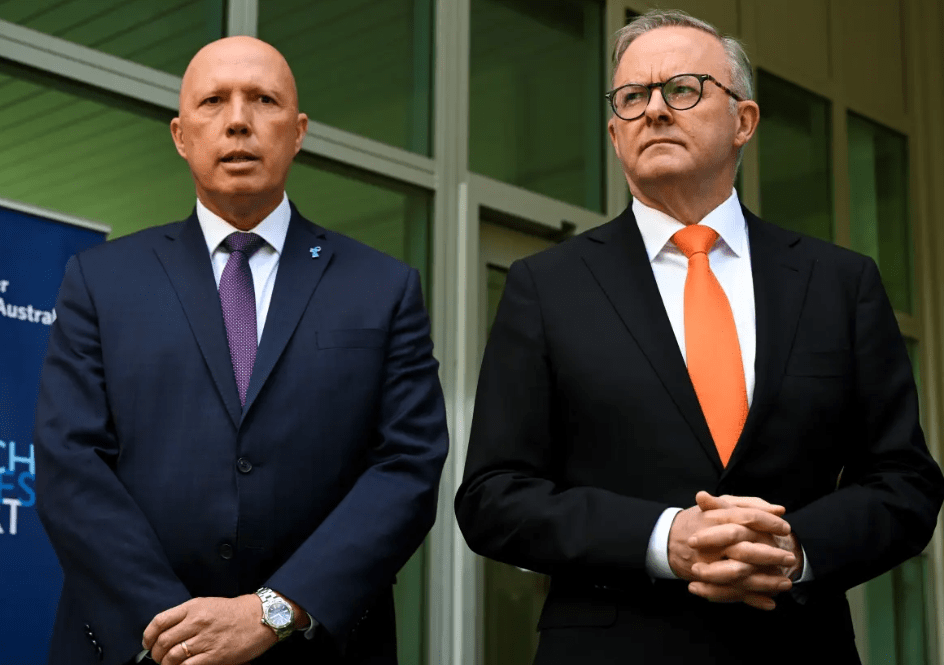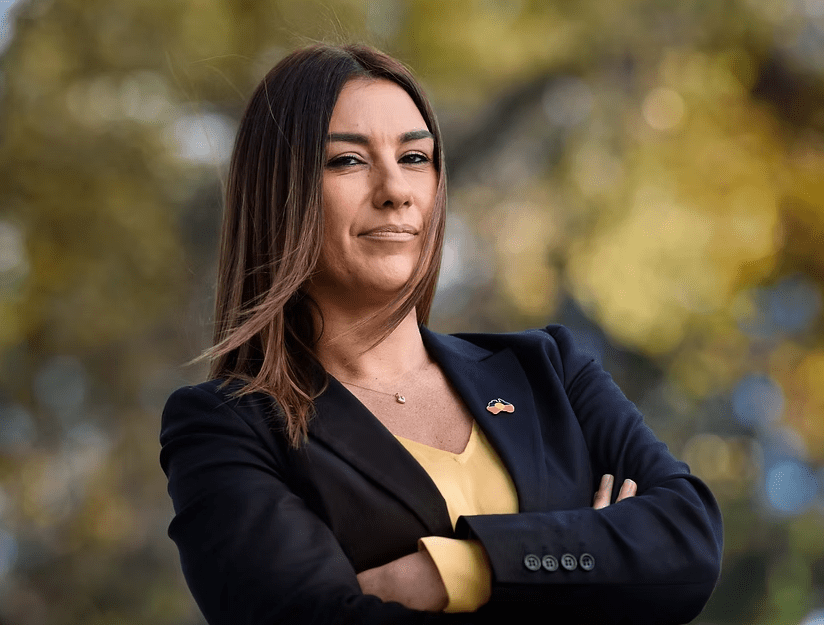Prime Minister Anthony Albanese has officially set 3 May 2025 as the date for Australia’s next federal election, pitching it as a choice between Labor’s continued economic recovery and what he describes as the Coalition’s return to “cuts and chaos.”

In a press conference on Friday morning, Albanese said Australia is “turning the corner” – a phrase he and Treasurer Jim Chalmers have used repeatedly since unveiling the federal budget earlier this week.
“Over the last few years, the world has thrown a lot at Australia. In uncertain times, we cannot decide the challenges that we will face, but we can determine how we respond. Our government has chosen to face global challenges the Australian way – helping people under cost-of-living pressure while building for the future. Because of the strength and resilience that our people have shown, Australia is turning the corner.
Now on 3 May, you choose the way forward. Your vote has never been more important. And your choice has never been more clear. This election is a choice between Labor’s plan to keep building or Peter Dutton’s promise to cut. That is the choice. That is your choice.”
The Prime Minister is leaning on Labor’s economic record and key policies from the budget as the centrepiece of his campaign. He highlighted tax cuts, Medicare reforms, wage growth, education funding, energy investment, and national security.
“The biggest risk to all of this is not what’s happening elsewhere in the world,” Albanese said. “The biggest risk to Australia’s future is going back to the failures of the past—the tax increases and cuts to services that Peter Dutton and the Liberal Party want to lock in. Australians remember what that looks like.”
Labor argues that its policies have stabilised the economy, pointing to wage growth, falling inflation, and improved investment in essential services. The government has also increased Medicare bulk-billing incentives and expanded fee-free TAFE places to address skills shortages.
Albanese took aim at the previous Coalition government, saying its economic policies left Australia vulnerable to inflation and an energy crisis.
“Less than three years ago, the Morrison government left bulk billing in freefall, aged care in crisis, and the NDIS at breaking point. A decade of the Liberals keeping wages low, sending jobs offshore, and fighting about climate change left our nation open to the worst global inflation since the 1990s and the biggest global energy crisis since the 1970s.”
Dutton’s Pitch: Tax Relief and Spending Cuts
Opposition Leader Peter Dutton has yet to formally respond, but the Coalition has signalled it will focus on cost-of-living relief, promising broader tax cuts and spending restraint.
Dutton’s economic platform includes:
-
Tax reform – revisiting Labor’s stage-three tax cuts, potentially adjusting benefits for higher-income earners.
-
Public sector savings – proposing to cut 41,000 government jobs while maintaining “essential services.”
-
Fuel excise relief – halving the fuel excise temporarily to ease cost-of-living pressures.
Dutton has argued that Labor’s spending is driving up inflation, and that a Coalition government would restore fiscal discipline while providing relief to struggling households.
As the campaign heats up, the battle lines are clear: Labor is betting on stability and economic recovery, while the Coalition is pushing for tax cuts and a smaller government.
Australians will decide their country’s future at the polls on 3 May 2025.

